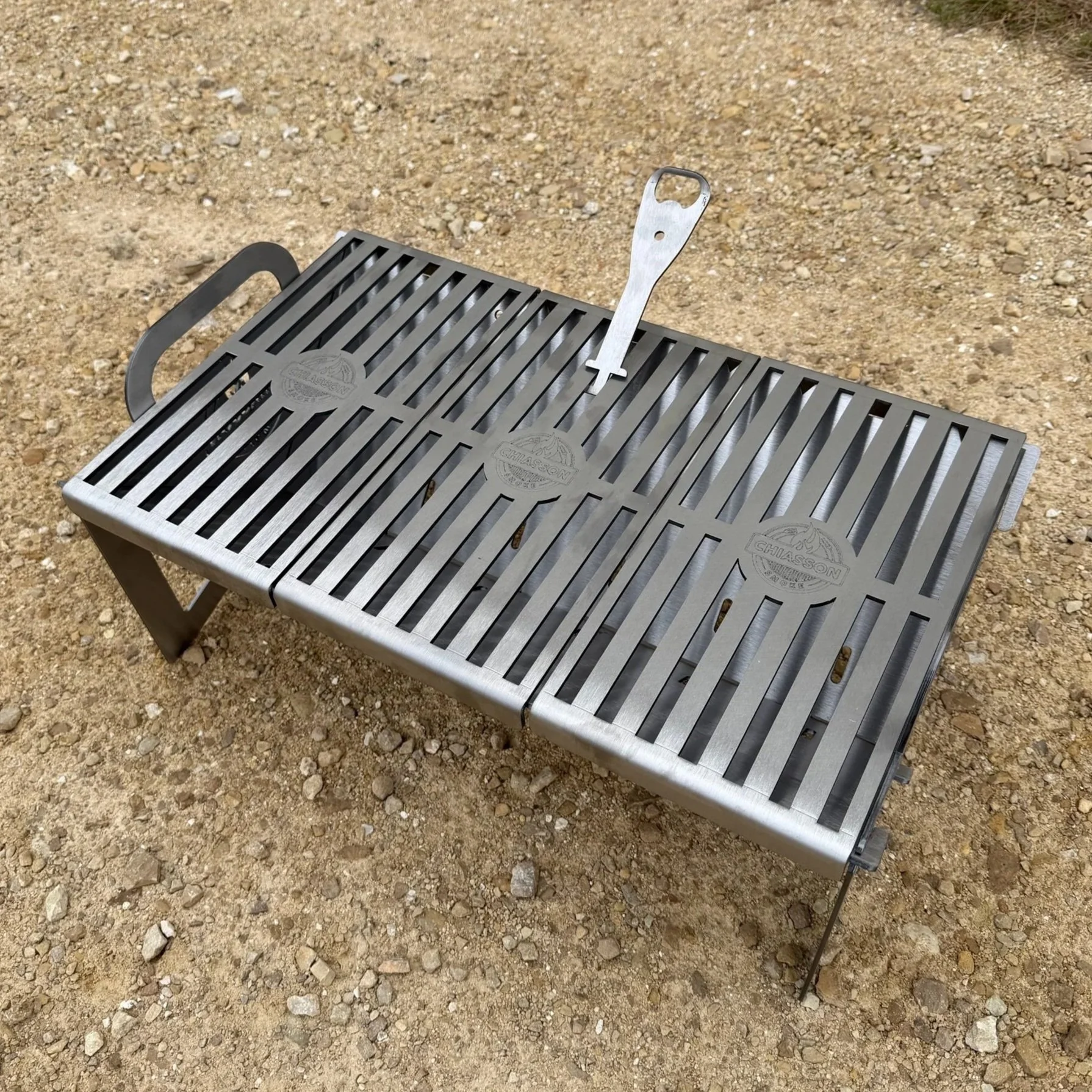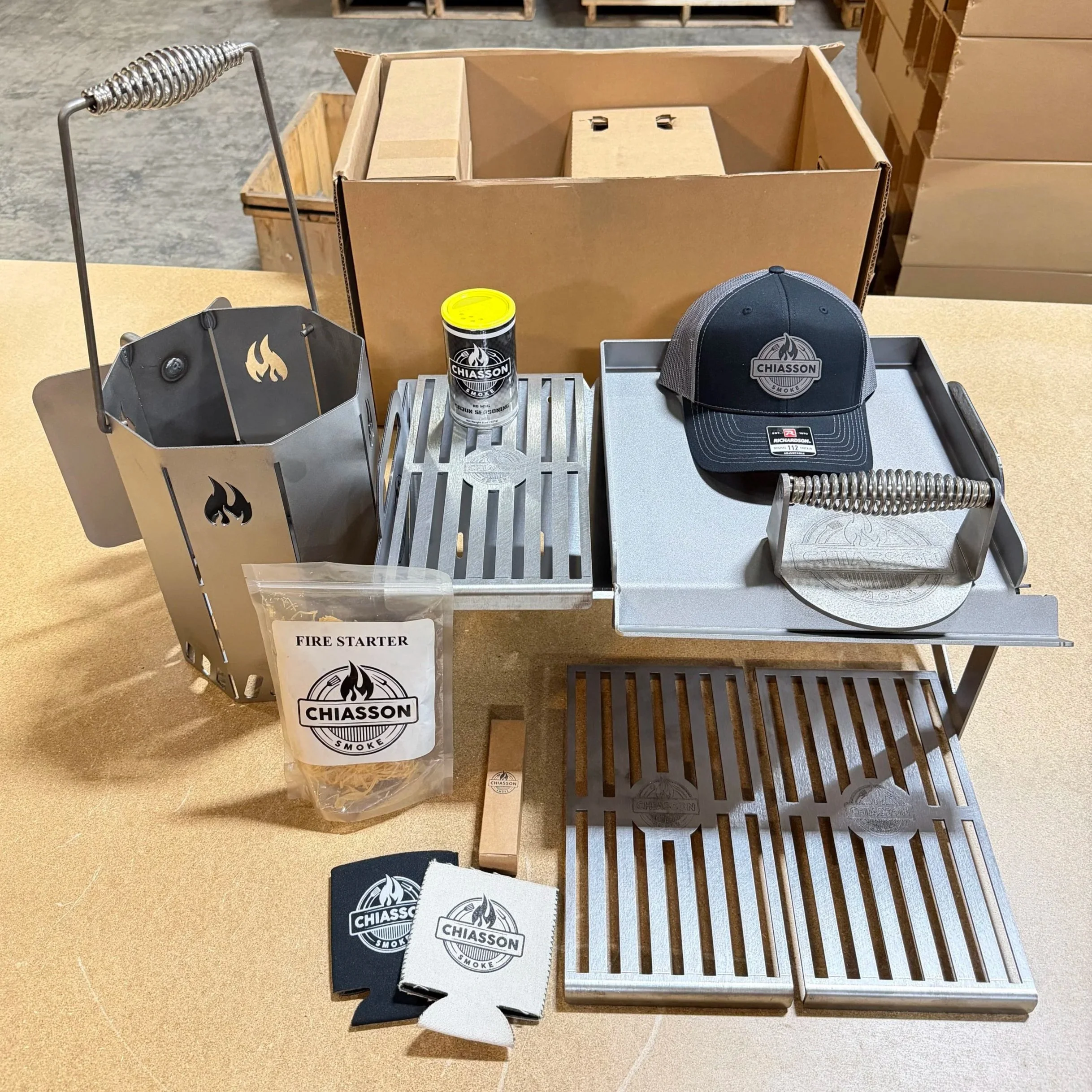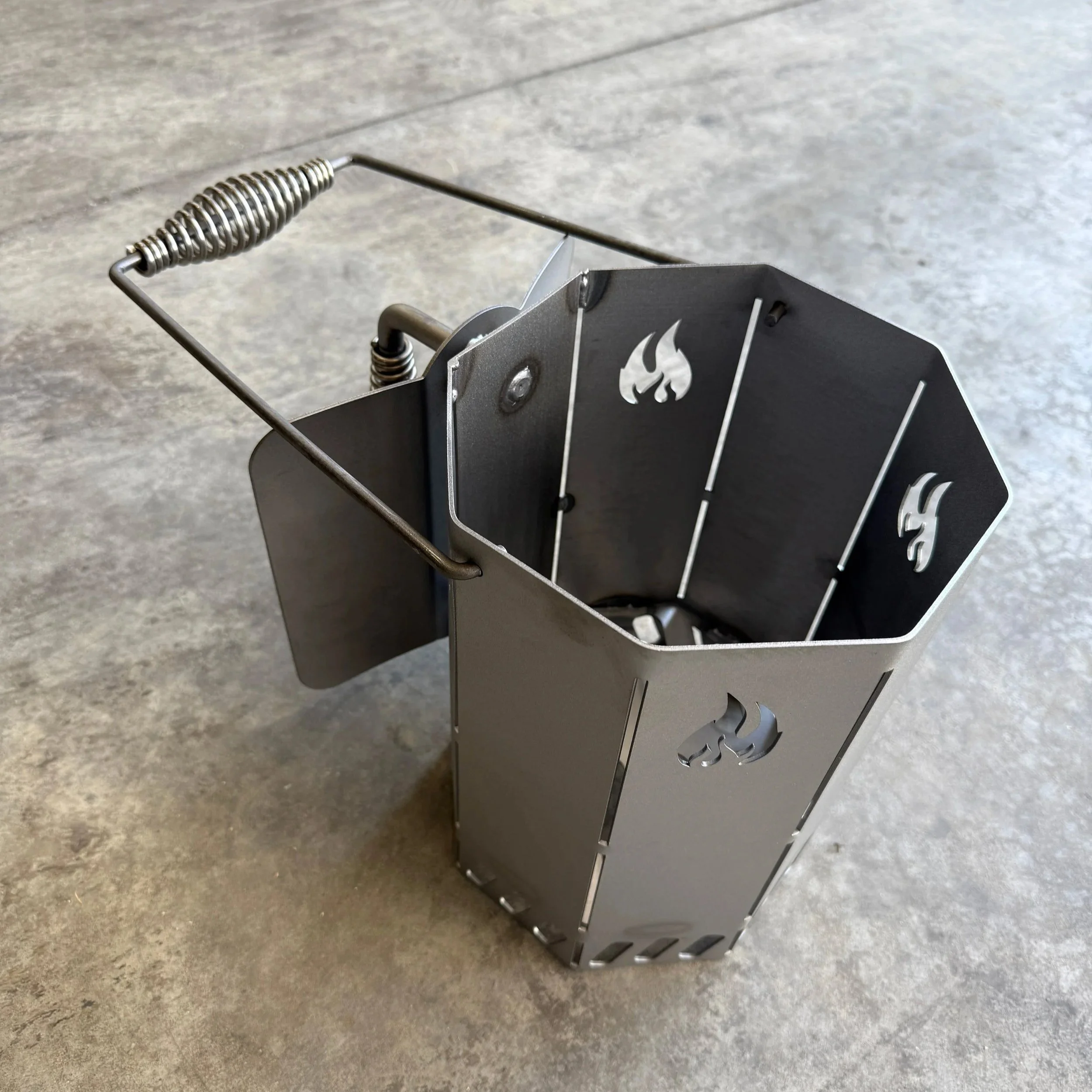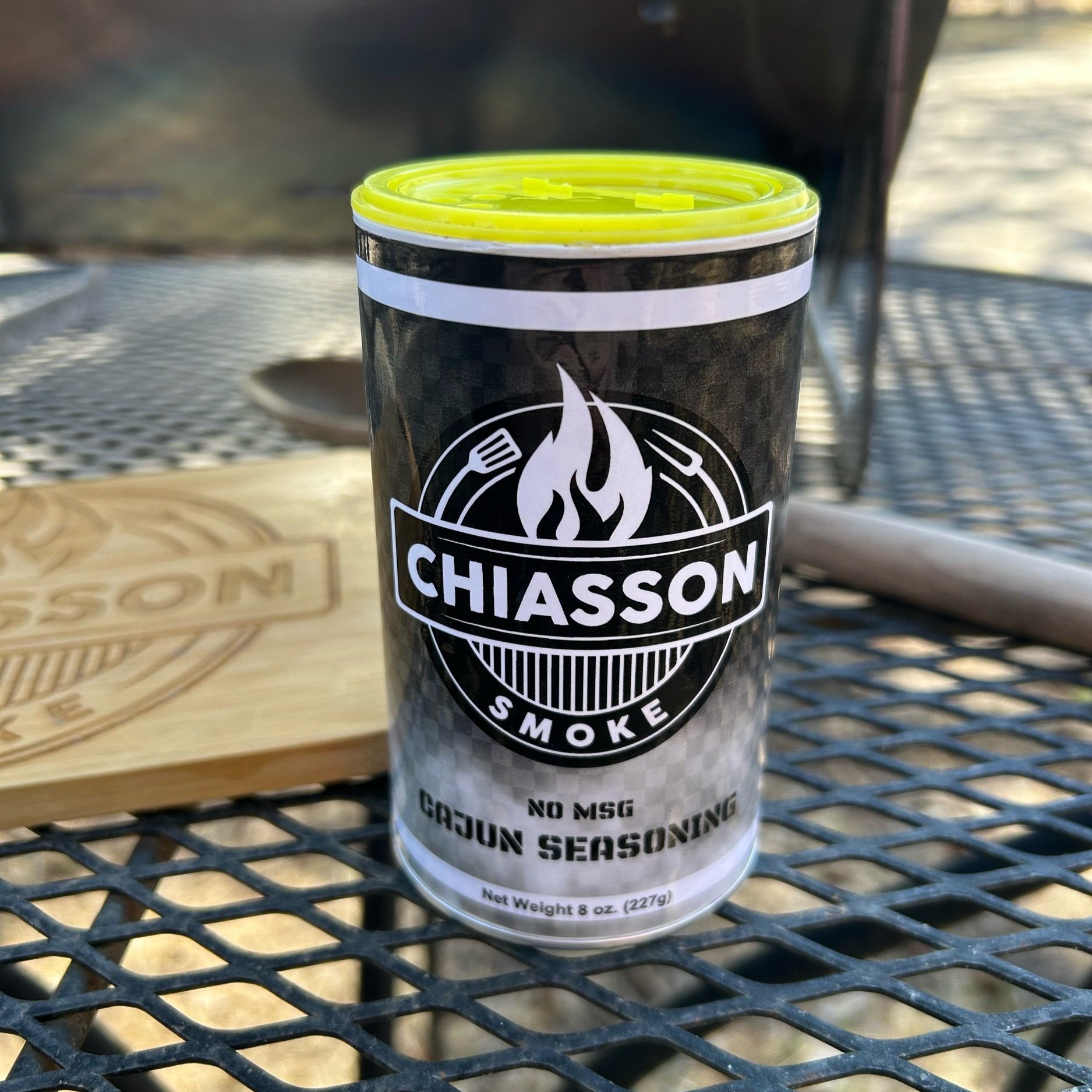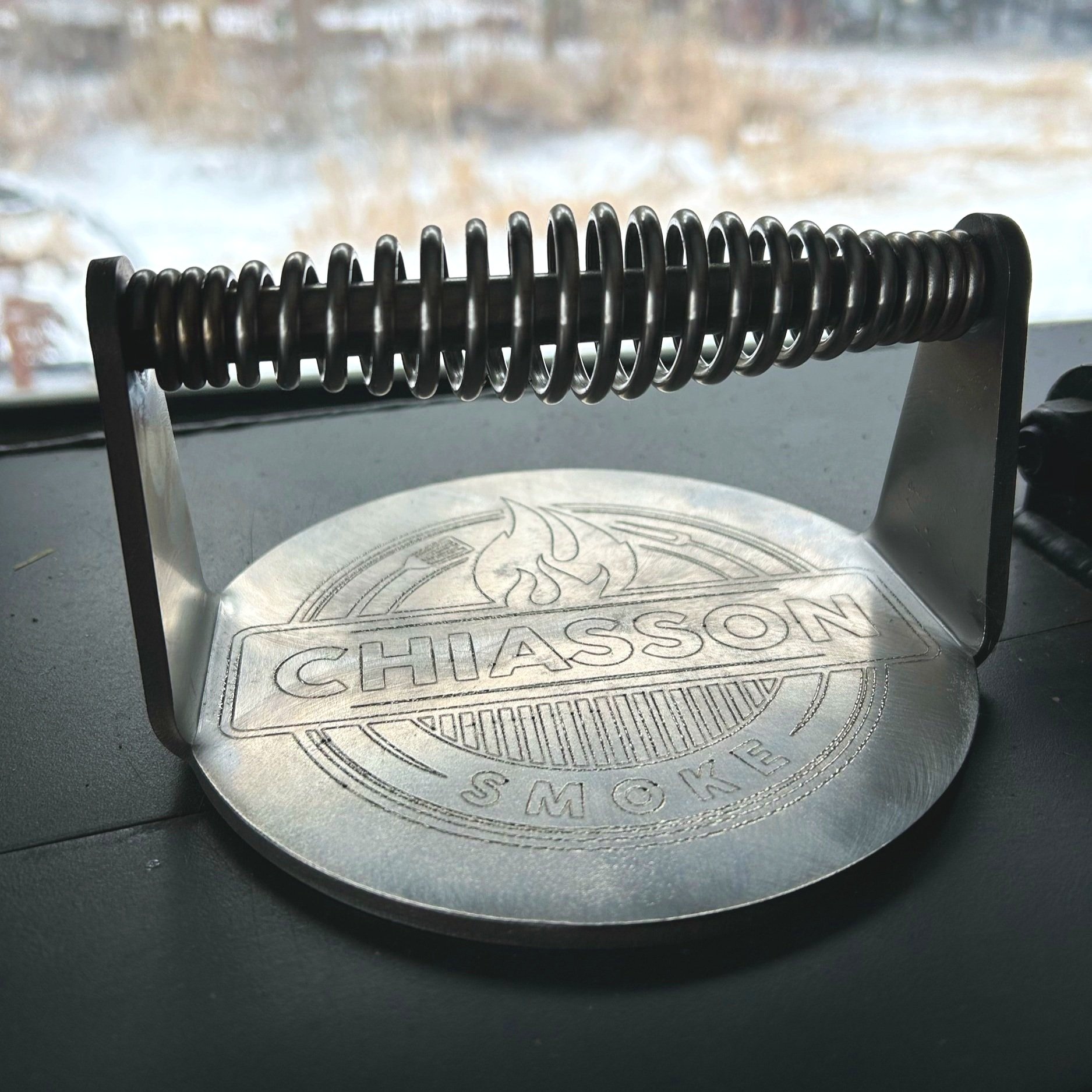Fire Pit Maintenance Hacks
Imagine finally gathering friends for s’mores, only to find your fire pit clogged with ashes, covered in rust, or smelling like a campfire gone wrong.
That’s why upkeep matters. Regular maintenance:
Helps prevent rust and wear
Keeps fires burning efficiently
Reduces smoke and odor
Extends the life of your fire pit
Think of it like brushing your teeth—you could skip it, but you’ll regret it later.
We’ve compiled a list of tips you can use to make sure your fire pit memories aren’t ruined!
Hack 1: Ash Removal Made Easy
Ashes may seem harmless, but leaving them in your fire pit is like leaving crumbs in your bed. They build up, trap moisture, and can damage the metal.
The trick? Scoop them out once they’re completely cool. A small metal shovel works perfectly, and if you want to make life easier, line the bottom of your pit with heavy-duty aluminum foil before your next fire. Afterward, you can lift out the foil like a bag liner.
Pro tip: Save those ashes! They’re great for garden soil because they add nutrients. Just make sure you don’t dump them on acid-loving plants like blueberries.
Hack 2: Block Rust Before It Starts
Rust is the enemy of every metal fire pit. It sneaks in when water and oxygen mix, slowly eating away at the surface.
To fight back, keep your fire pit dry whenever possible. If yours is portable, store it in a garage or shed when not in use. For permanent pits, invest in a weatherproof cover. They’re cheap, and they save you from dealing with a pit that looks like it belongs in a junkyard.
Another hack: Rub a thin coat of vegetable oil on the metal interior after cleaning. It’s like seasoning a cast-iron skillet—it creates a protective layer that repels moisture.
Hack 3: Make Cleanup a Breeze
Nobody enjoys scrubbing a fire pit. But there’s a trick that makes it way easier: sand.
Pour a shallow layer of sand at the bottom of your pit before your next fire. It catches drips from wood sap, collects ash, and prevents scorch marks on the metal. When cleanup day comes, you just scoop out the sandy mess and start fresh.
Bonus: It also helps insulate the bottom of your pit from extreme heat, which can make it last longer.
Hack 4: Keep the Airflow Alive
A fire without good airflow is like a concert without speakers—disappointing. If your fire pit has vents, check them regularly to make sure they’re not clogged with ash, leaves, or tiny critter nests. If you’re using a rocket stove, make sure the damper is adjusted properly and the ash pan is cleaned out at regular intervals.
If your pit doesn’t have vents, you can still help airflow by stacking your wood smartly. A “log cabin” shape (logs stacked in a square with space between them) creates a chimney effect that keeps flames strong and smoke low.
Hack 5: Choose the Right Fuel
Not all firewood is created equal. Green or damp wood smokes like crazy and leaves behind extra residue. Softwoods like pine burn fast but create more creosote, which can gum up your pit.
The best choice? Seasoned hardwood (for example maple, oak, or hickory). It burns hotter, cleaner, and longer. Plus, it makes your fire pit smell amazing. You’ll also want to make sure your wood is cut to the perfect size.
If you’re using a propane or gas fire pit, check your fuel lines now and then for leaks. A quick soap-and-water test (bubbles mean trouble) can save you from dangerous surprises.
Hack 6: Don’t Forget About the Grate
If your fire pit has a grate for holding logs or cooking food, treat it like the star of the show. Grates get the brunt of the heat, ash, and sap.
Scrub it down with a wire brush after use, then coat it lightly with cooking oil. This prevents rust and keeps food from sticking the next time you grill marshmallows—or burgers, if you’re fancy.
Hack 7: Safety First, Always
Maintenance isn’t just about looks—it’s also about safety. A dirty or damaged pit can spark problems (literally).
Never let ash pile up more than a couple inches.
Check for cracks or weakened spots in the metal or stone.
Keep a bucket of sand or a garden hose nearby—just in case your fire gets rowdy.
Remember: A safe fire pit is a fun fire pit. Take the time to educate yourself on safety tips, and be sure to check out our quick safety checklist so you’re better prepared.
Hack 8: Seasonal Deep Cleaning
At least once or twice a year, give your fire pit a full reset. Remove all ash, scrub down the surfaces, and check for damage.
For stubborn soot, mix baking soda with water to form a paste. Scrub with a stiff brush, and watch the black stains fade. If you want an extra shine, rinse with a vinegar solution afterward.
Think of it like spring cleaning for your backyard hangout spot.
Hack 9: Keep Critters Out
Believe it or not, fire pits make excellent homes for bugs, mice, and even snakes if left unattended. Prevent this by covering your pit when not in use.
If you spot evidence of tiny squatters, clear the pit and clean it before lighting your next fire. Trust me—you don’t want a surprise guest crawling out while you’re roasting marshmallows.
Wrapping It Up
A fire pit is more than a backyard accessory—it’s a memory-making machine. With just a few simple hacks, you can keep it safe, clean, and ready for every late-night chat or marshmallow roast that comes your way.
So grab your shovel, your sand, and your safety checklist. Your fire pit deserves the love—and you’ll thank yourself the next time the flames dance high and bright without a single hitch.



